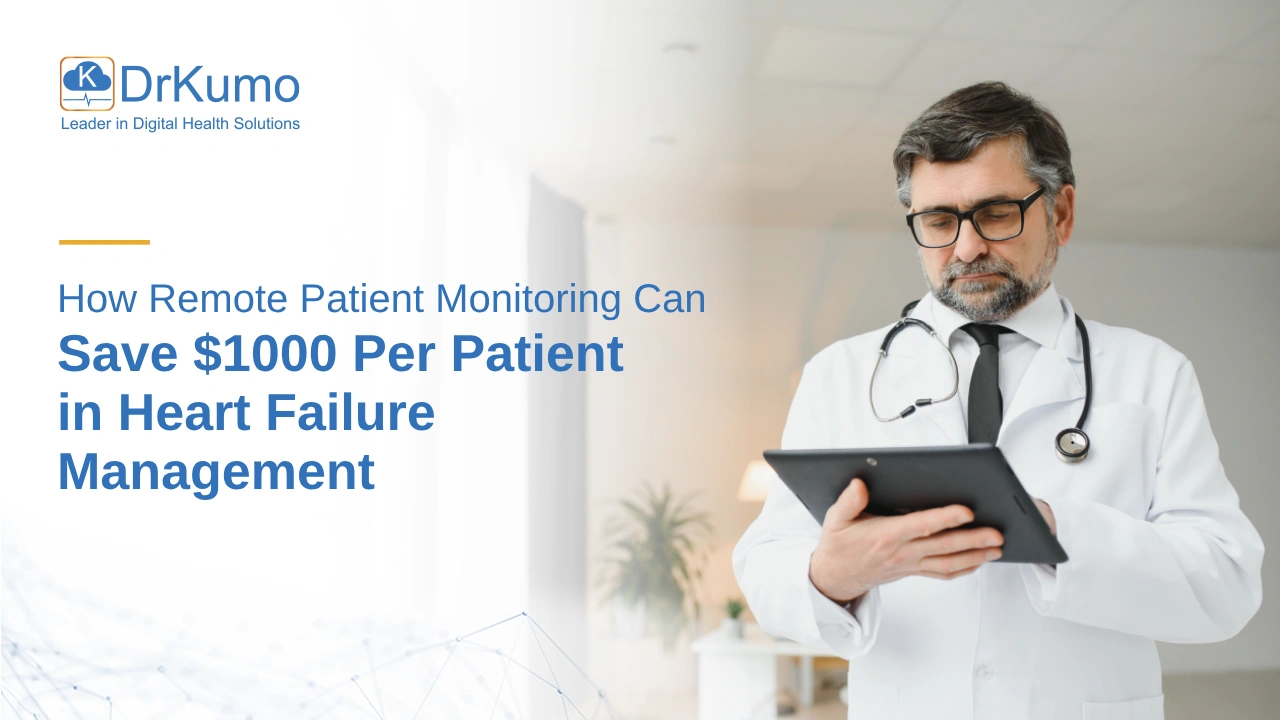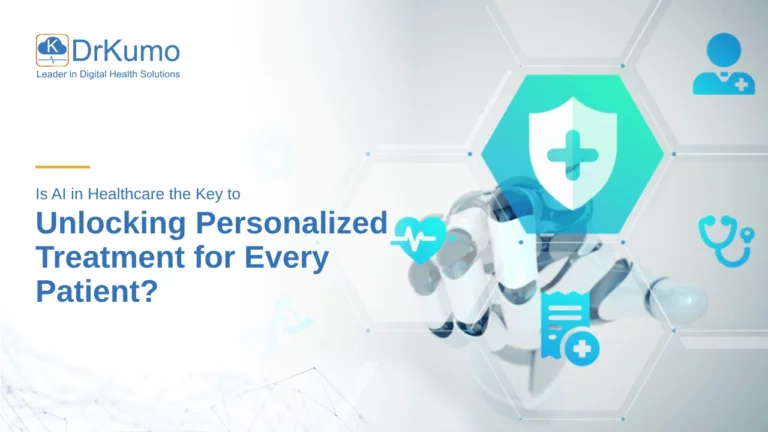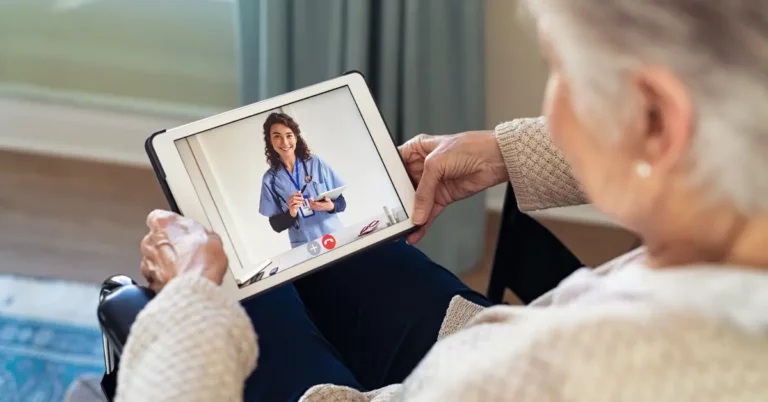Heart failure (HF) places a growing and costly burden on health systems. In the United States alone, it accounts for over one million hospitalizations each year, and drives roughly $19.5 billion in inpatient costs annually. Beyond the expense, HF patients face a “vulnerable phase” after discharge—from 2010-2017, roughly 18% are readmitted within 30 days, and more than 31% within 90 days.
These rehospitalizations are frequently precipitated by fluid overload, arrhythmias, or worsening ventricular function that might have been mitigated through earlier intervention. Key contributing factors include gaps in early symptom recognition, inconsistent self-monitoring of weight and volume status, delayed medication or diuretic adjustments, and fragmented outpatient follow-up. By addressing these specific pitfalls—improving adherence to daily weight checks, ensuring timely clinician outreach, and strengthening care coordination— providers may be able to reduce the risk of avoidable decompensations and curb the high costs associated with HF readmissions.
A potential solution to address this issue is remote patient monitoring (RPM), which allows for regular monitoring of a patient’s vital signs, like blood pressure, weight, and glucose levels, outside of the hospital. A meta-analysis of randomized controlled trials (RCTs), involving over 5,700 heart failure patients found that, in those studies, RPM programs were associated with a significant reduction in hospitalizations, resulting in estimated cost savings of up to $1,000 per patient annually.
This cost-saving was primarily driven by fewer hospital admissions for heart failure (a 23% reduction) and for all causes (a 13% reduction). The savings came from the prevention of unnecessary hospital stays and the associated costs, such as transportation and lost wages.
In this article, we’ll explore how RPM works, its potential cost-saving benefits, and how it may support improved patient outcomes—particularly in chronic care contexts like heart failure management.
The Economic Impact of RPM in Heart Failure Care
A meta‐analysis of 21 RCTs encompassing over 5,700 heart failure patients found that RPM cut heart failure-related hospitalizations by 23% (IRR 0.77) and all-cause admissions by 13% (IRR 0.87), translating into direct cost savings of roughly €300–€1,000 per patient per year.
These savings are estimated based on preventing hospitalizations. While the meta-analysis found a reduction in admissions leading to potential savings of up to $1,000 per patient, outcomes can vary based on implementation and patient factors. By regularly monitoring key vitals (blood pressure, weight, glucose), RPM facilitates earlier intervention on worsening signs, which may help reduce the risk of emergencies and ease strain on patients and healthcare systems.
RPM’s Impact on Health Outcomes
In addition to reported cost reductions, the pooled RCT data indicated that, in those studies, RPM programs reduced heart failure hospitalizations by 23% (IRR 0.77) and all-cause admissions by 13% (IRR 0.87) compared with usual care. These programs were also associated with a modest survival benefit, with annual mortality falling from 15 to 12 deaths per 100 patient-years, and with improvements in health-related quality of life, as utility scores increased from 0.612 to 0.662. Altogether, these gains amounted to an average increase of 0.06 QALYs per patient over one year in the studies analyzed, suggesting a potential role for RPM not only in lowering hospital utilization but also in supporting patient well-being.
Moreover, a study published in the Journal of Cardiopulmonary Rehabilitation and Prevention found that patients using a mobile phone–based telemonitoring system achieved superior risk-factor control compared with usual care. At 12 months, 69.6 % of monitored patients improved their overall cardiovascular risk profile versus 50.5 % of controls (RR 1.4; 95 % CI, 1.1–1.7; P = .010). They were more likely to meet blood pressure targets (62.1 % vs. 42.9 %, P = .012) and glycemic goals (86.4 % vs. 54.2 %, P = .018), and saw a mean BMI reduction of 0.77 kg/m² compared with a 0.29 kg/m² increase in controls (P = .005). These results suggest that RPM, as implemented in this study, may enhance clinical outcomes alongside potential cost-saving benefits.
How DrKumo’s Remote Monitoring Solution Aligns with Study Findings
DrKumo’s RPM system uses FDA-cleared devices (blood pressure cuffs, glucose meters, pulse oximeters) to capture patient vitals, similar to the devices used in the study. However, as with any RPM program, the effectiveness depends on various factors, such as implementation, patient engagement, and the healthcare setting.
In the clinical trials cited in this blog, this kind of regular remote data review was associated with earlier identification of clinical deterioration and treatment adjustments—an approach that, in those studies, correlated with fewer hospital admissions. Of course, outcomes can differ from one practice setting to another, but the core principle of timely, data-driven intervention remains the same.
DrKumo’s platform integrates AI-powered data analytics to support actionable insights, helping healthcare providers tailor care plans based on real-time patient data. This approach supports continuous patient monitoring and may aid in improving the management of chronic diseases like heart failure, diabetes, and hypertension. By supplying clinicians with timely patient data, DrKumo’s RPM supports proactive, personalized care strategies that—similar to those described in the cited studies—may contribute to reduced healthcare costs and potentially improved patient outcomes.
It’s essential to understand, however, that the findings from this study are specific to this particular research and may not apply universally to all RPM programs. While the cost savings of up to $1000 per patient are impressive, this is based on specific circumstances and patient populations.
Factors such as the technology used, the way RPM is implemented, and the healthcare setting can all influence the effectiveness of RPM in reducing costs and improving outcomes. Therefore, RPM’s effectiveness will vary from one program to another. In DrKumo’s model, a dedicated clinical support team offers training, workflow integration, and ongoing assistance to care providers in order to facilitate seamless implementation of the RPM platform, support data interpretation, and enable timely clinical interventions.
Takeaways
In summary, the RCT meta‑analysis indicates that, in those studies, well‑designed RPM programs were associated with roughly a one‑quarter reduction in heart-failure hospitalizations and about a 13% reduction in all-cause admissions, yielding up to $1,000 (or €300–€1,000) in direct savings per patient annually—primarily through avoided admissions, not shorter hospital stays.
Beyond cost, RPM programs in the cited studies demonstrated modest gains in survival and quality of life (≈0.06 QALYs), along with better control of key risk factors. Yet these outcomes hinge on selecting appropriate devices, integrating workflows, and sustaining clinician engagement—areas where DrKumo’s combination of real‑time monitoring, AI‑driven notifications, and hands‑on support can make a practical difference. Ultimately, RPM’s value depends on thoughtful implementation, tailored to each practice and patient population.
Discover how DrKumo’s RPM platform can fit into your care model—contact us to request a personalized demo today to explore secure device integration, AI‑driven insights, and dedicated clinical support. Let our team show you how real‑time data and streamlined workflows can help your practice intervene earlier, reduce readmissions, and focus on what matters most: patient care.
Disclaimer: The study referenced in this blog is independent and not associated with DrKumo. The findings are based on research conducted elsewhere and are used for informational purposes only. The effectiveness of remote patient monitoring and the associated cost savings can vary depending on the technology, patient population, and healthcare setting. The results mentioned in the study may not be applicable to all RPM implementations.








